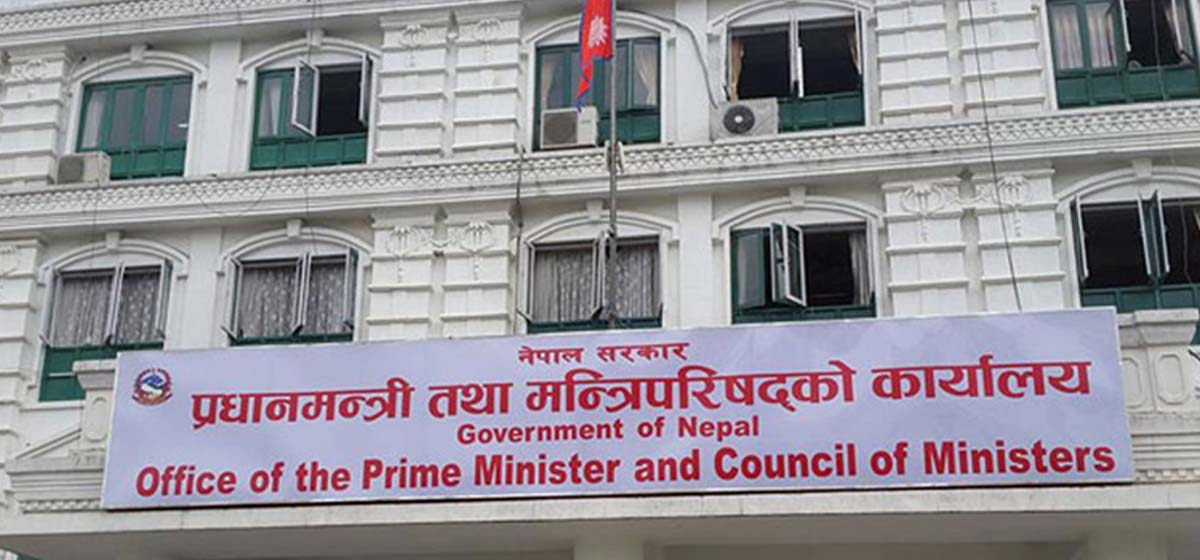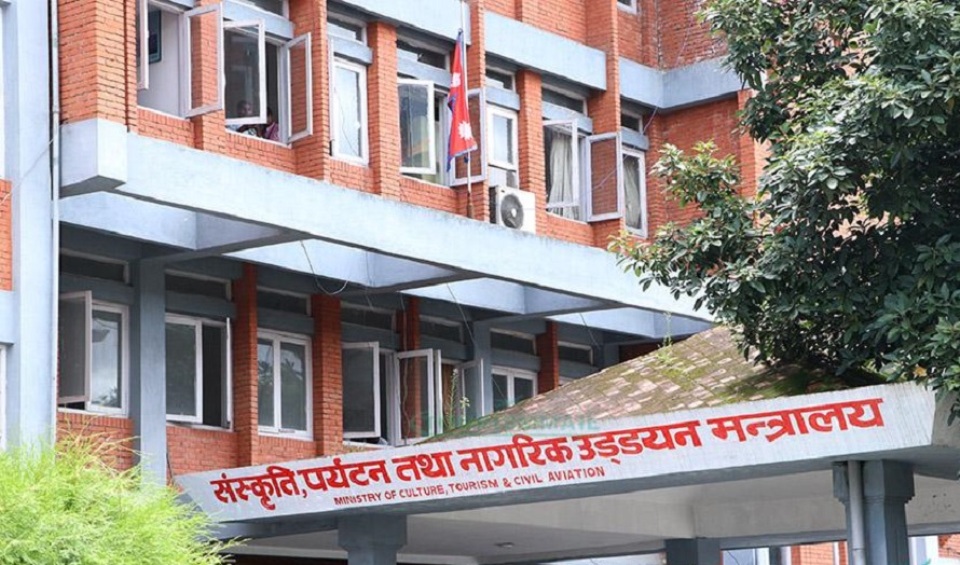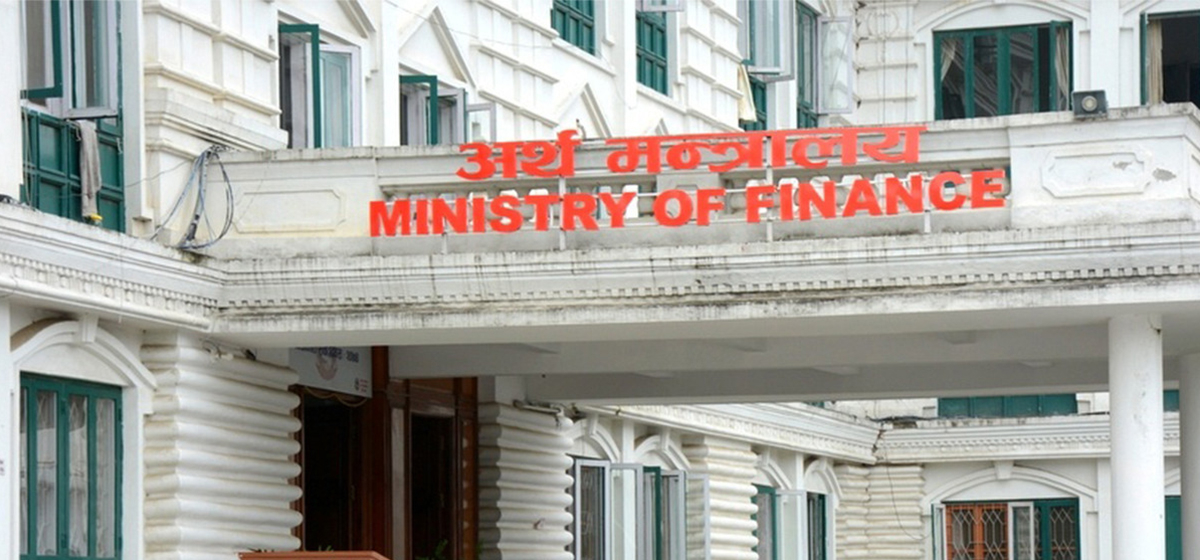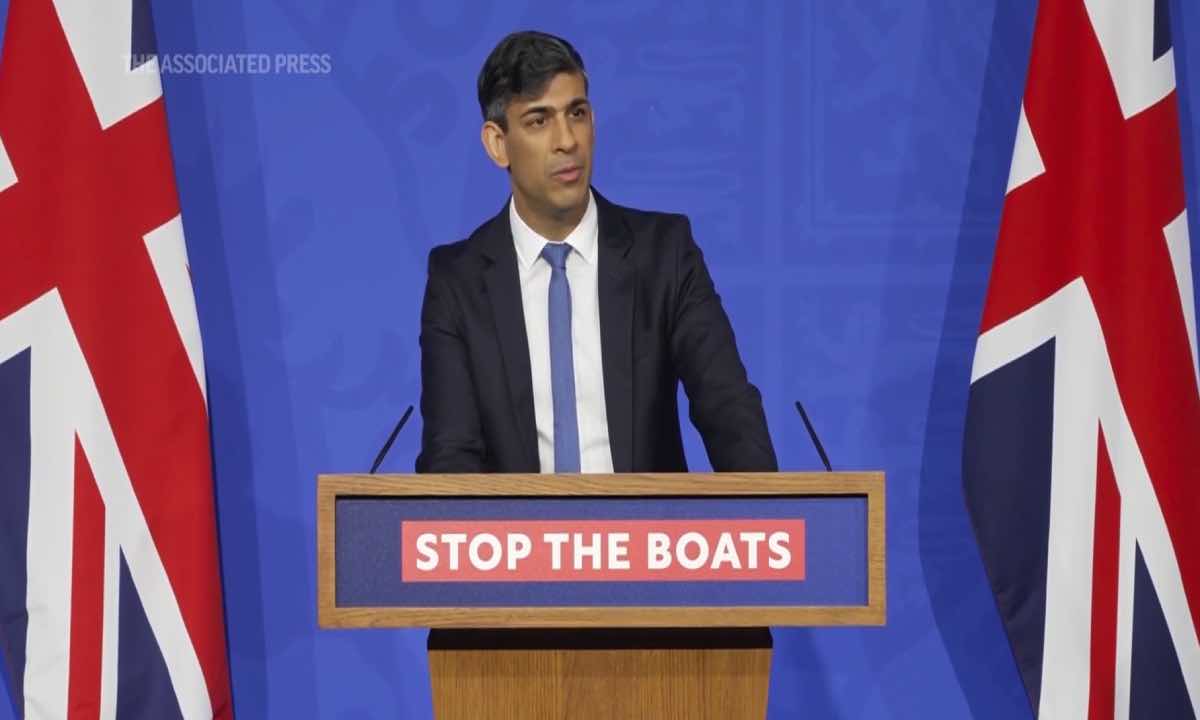
OR
Opinion
Monetary Policy 2078/79 amid Second Wave of Covid-19: Nepali Expectations
Published On: July 6, 2021 02:29 PM NPT By: Shanker Man Singh


Shanker Man Singh
(The author is a former head of Nepse and SEZ and is currently affiliated with the private sector.)news@myrepublica.com
Can an open economy like Nepal, which maintains a stable exchange rate with its major trading partners, pursue an independent monetary policy and inflation rate? Our regular answer is no. Unfortunately, policy makers never learned without comments from many organizations and individuals in the past. It may be recalled that the IMF has described how to conduct the monetary policy in Nepal.
The rapid response to Nepal's monetary policy in 2077/78 and the fiscal response in the early stages of the current crisis were quick, effective and significant. It is no exaggeration to say that these policies successfully addressed the first wave of the pandemic and successfully addressed many parts of the nation's economy.
Monetary policy and central banking
Central banks play an important role in ensuring economic and financial stability. They conduct monetary policies to achieve low and stable inflation. Despite the global financial crisis, central banks have expanded their tools to address financial stability risks and manage volatile exchange rates. In the Covid-19 pandemic, central banks appear to have used traditional and unconventional tools to simplify monetary policies, facilitate liquidity in major financial markets and maintain credit flows. Central banks need a clear policy framework to achieve their objectives. Operational procedures tailored to the circumstances of each country increase the effectiveness of central bank policies. The IMF appears to be assisting countries around the world by providing policy advice and technical assistance.
Monetary policy
The key role of central banks is to conduct monetary policies to achieve price stability (low and stable inflation) and to manage economic fluctuations. The policy frameworks governing central banks have undergone major changes in recent decades. Since the 1980s, inflation has emerged as a leading framework for targeted monetary policy. Central banks in Canada, the eurozone, the United Kingdom, New Zealand and elsewhere have set clear inflation targets. Very low-income countries are operating in a targeted framework targeting monetary aggregate (a measure of the amount of money in circulation). Recently, major central banks have been reviewing their monetary policy frameworks amid growing concerns about scrapping the policy space in the face of low-balanced interest rates and relatively low inflation.
Central banks generally conduct monetary policy by adjusting money supply through the open market. For example, the central bank may reduce the amount of money it sells by selling government bonds under a "sell and repurchase" agreement, thus taking money from commercial banks. The purpose of such open market operations is to raise short-term interest rates, which in turn affect long-term rates and overall economic activity. In many countries, especially in low-income countries, the monetary transmission mechanism is not as effective as it is in advanced economies. Before moving to monetary inflation targets, countries need to develop frameworks to enable their central banks to target short-term interest rates.
In the aftermath of the global financial crisis, the central banks of advanced economies eased their monetary policies by lowering interest rates until short-term rates approached zero, limiting the option to further cut policy rates (i.e. limited traditional monetary options). As the threat of a downturn grew, central banks bought long-term bonds (especially in the United States, the United Kingdom, the euro area, and Japan) and adopted non-traditional monetary policies aimed at lowering long-term rates and lowering monetary rates. Some central banks also took short-term rates below zero.
Foreign exchange management and policies
The choice of monetary structure is closely related to the choice of exchange rate management. There is no doubt that a country with a fixed exchange rate has a limited opportunity for an independent monetary policy compared to a country with a more flexible exchange rate. This is relevant in the context of Nepal's currency peg to India.
Although some countries do not set an exchange rate, they still try to manage its level, which could be involved in a tradeoff aimed at price stability.
In response to the Covid-19 pandemic, central banks have taken unprecedented policy measures to ease global monetary policy, provide adequate liquidity in the core fund market, and maintain credit flows. To ease tensions in the currency and local bond markets, many emerging market central banks, for the first time, appear to have used asset purchase programs, foreign exchange interventions in various countries.
Foreign exchange regimes and policies
The choice of monetary structure is closely related to the choice of exchange rate regime. A country with a fixed exchange rate will have a limited opportunity for an independent monetary policy compared to a country with a more flexible exchange rate. Although some countries do not set an exchange rate, they still try to manage its level, which could be involved in a tradeoff aimed at price stability. A fully-flexible exchange rate system supports an effective inflation targeting framework.
The global financial crisis has shown that countries must address risks to the financial system as a whole with a dedicated fiscal policy. Many central banks that have a mandate for financial stability have upgraded their financial stability functions.
Nepal Rastra Bank has sought suggestions for the monetary policy for the coming Fiscal Year 2078/79. The central bank has requested opinions / suggestions on the monetary policy. The NRB has to bring monetary policy based on the budget presented by the government for the coming fiscal year. This time the budget has announced several banking programs to be implemented through NRB. The NRB has stated that it is preparing to formulate a monetary policy to reverse the impact of the coronavirus on the economy.
As this year's monetary policy is more challenging than other years, the NRB has a practical obligation to make the monetary policy public after suggestions and discussions of stakeholders in all sectors.
How IMF supports an effective central bank framework
The IMF promotes an effective central bank framework through multilateral monitoring, policy and research, bilateral talks with its member countries, and data collection for policy analysis and research.
Multilateral monitoring, policy analysis, and research can help improve global outcomes. The IMF has provided policy advice on how to move beyond unconventional monetary policy implementation and avoid potential side effects by establishing principles for developing monetary policy systems in low-income countries.
The IMF has also examined the interaction between monetary and macroeconomic policies, and provides principles for establishing a well-functioning macro-prudential framework.
A monetary policy is not about collective bargaining, it should be about the overall economy rather than the private sector representative body talking about its business interests and suggesting that the bank should regulate the policy with a vision for 2024 and 2030.
After the presentation of the budget, the government is preparing to make public the monetary policy of 2021/2022 as in the previous years. The priorities of last year's monetary policy were to increase agricultural investment, boost the energy sector and achieve the goal of minimizing the impact of small, medium and large enterprises (MSMEs) on Nepal's economy, especially in the financial sector. While maintaining the target of 7 percent economic growth, the budget has set a target of 6.5 percent this year. The main priority of the Government of Nepal for this fiscal year is to come up with an economic recovery policy through various relief measures for the pandemic-affected areas, health sector, modernization of agriculture and job creation.
Tourism and hospitality, airlines as well as small and medium enterprises are among the worst-affected by the pandemic. The monetary policy has been severely affected by Covid-19. The flow of working capital, revitalized loans and refinancing continues to be a priority this year. Lack of capital to complete the construction of tourism related projects, provision of easy loans from banks and financial institutions for such projects will be made.
Monetary policy is the process by which the monetary authority of a government, central bank, or a country controls (i) the supply of money, (ii) the availability of money, and (iii) the rate of money or interest, a set of objectives focused on economic growth and stability. To get monetary policy, theory provides insights into how to formulate and implement maximum monetary policy.
The monetary policy is commonly referred to as either an expansionary policy, or a contraction, where an expansion policy increases the total money supply to the economy, and a contraction policy reduces the total money supply. The expanded policy has been passed by lowering interest rates for unemployment and recession, while the contractionary policy is working to raise interest rates to fight inflation. The monetary policy should conflict with fiscal policy, which refers to government debt, spending and taxes.
The most important question has never been raised. This is: Can an open economy like Nepal, which maintains a stable exchange rate with its major trading partners, pursue an independent monetary policy and inflation rate? Our regular answer is no. Unfortunately, policy makers never learned, without comments from many organizations and individuals in the past. It may be recalled that the International Monetary Fund (IMF) has described how to conduct monetary policy in Nepal.
A few months ago, when I saw the talk of buying vegetables digitally, I felt that I was really doing something, but I was disappointed that I didn't expect any hints in Corona's devastating budget speech. NRB has given priority to the merger of commercial banks in the monetary policy for the coming fiscal year. With the objective of reducing the number, NRB increased the paid-up capital ceiling for banks and financial institutions up to 4 times in 2072 BS. The NRB has stated that the merger policy is now being made centralized as the number of finance companies and development banks has been reduced due to the capital increase plan but the number of commercial banks has not decreased.
With the objective of reducing the number of banks, in the last week of May, the Research Department of NRB asked the directors and CEOs of banks and financial institutions as well as experts about the number of banks in Nepal. Which model is suitable for merger? What are the improvements in the merger? The survey is conducted with questions such as these. The NRB has conducted a survey with the objective of reducing the number of commercial banks and it is estimated that the monetary policy will be based on this. There are 140 banks and financial institutions including 27 commercial banks, 18 development banks, 20 finance companies, 74 microfinance banks and infrastructure development banks.
In the case of Covid-19, last year's monetary policy was good and implemented, but at the bottom there are some problems in implementation. This time, the problem must be solved.
The supply of vaccines against Covid-19 should be the first priority as only if there is a healthy Nepal and healthy Nepalis, will the economy recover quickly. The private sector has suggested to the government to bring a stimulus package of Rs 200 billion for the upliftment of the economy.
"The state should provide loan assistance at an interest rate of 3 percent to reach the level. The NRB should facilitate that.” In the midst of the ban, a policy should be introduced to give 50 percent concession to the interest of industrialists. Penalties in loans and interest installments should not be imposed on non-performing borrowers.
The Economic Policy for the Fiscal Year 2078/79 has set a target of 6.5 percent economic growth and limited inflation to 6.5 percent. The main goals of monetary policy are to achieve price stability and maximum employment, including financial stability, currency exchange rate balance and maintaining foreign exchange reserves. The major areas of monetary policy are policy interest rates, operation of various tools of liquidity management, credit policy, exchange rate and foreign exchange mobilization, regulation of banks and financial institutions, management of government debt.
Remittances entering the country and loans from the banking sector have boosted consumption and imports rather than production. Remittances have grown at an average annual rate of 19.7 percent over the past two decades. On the other hand, over the past four decades, credit has grown by an average of 21 percent, imports by 17 percent and revenue by 16.8 percent. Due to high domestic consumption, the ratio of gross domestic product to GDP has averaged only 9 percent over the past 10 years. In addition, imports of goods and services had reached 41.5 percent of GDP before Covid and the economy is becoming increasingly dependent. In countries with very low GDP, the unnatural expansion of the banking sector favors imports. Economic growth cannot be achieved by over-expanding the banking sector to boost consumption, boost imports and invest in land.
To address the existing health problems of the country, NRB has manipulated some provisions through the third quarterly review of the monetary policy for the current fiscal year. These provisions will have a positive impact on the health services of the country.
Paying special attention to liquidity management in this time of crisis, the central bank has kept the various rates fixed earlier. Similarly, to minimize the problems created in the industry and business sectors, the NRB has made an arrangement that no fee or penalty can be levied for the recovery of loan during the period of the injunction and also not to publish any kind of recovery or auction information till one month after the expiry of the injunction. The private sector wants this provision to ease some of the troubled industries and businesses and this provision should be implemented in the next fiscal year as well.
You May Like This

COVID- 19 and Nepali Tourism Industry
Nepal needs to start thinking about post-COVID tourism strategies as a country with considerable dependence on tourism income. ... Read More...

Community Forestry: An Effective Avenue to Respond to COVID-19
The agencies concerned can enlist help from the Community Forestry Executive Committee to facilitate the smooth delivery of health support... Read More...

Crime against Humanity
Instead of making genuine efforts toward vaccine procurement, the PM urged the public to gargle with guava leaves and drink... Read More...







Just In
- Gold price drops by Rs 2,700 per tola
- Seven houses destroyed in fire, property worth Rs 5.4 million gutted
- Police pistol missing after drug operation in Bara, investigation underway
- Truck carrying chemical used in drugs catches fire
- Nepali journalists Sedhai and Kharel awarded second prize at Fetisov Journalism Awards for their exposé on worker exploitation in Qatar World Cup
- Devotees gather at Balaju Park for traditional ritual shower at Baisdhara (Photo Feature)
- PPMO blacklists 33 construction companies
- UK Parliament approves Rwanda deportation bill, ending weeks of legislative stalemate











Leave A Comment